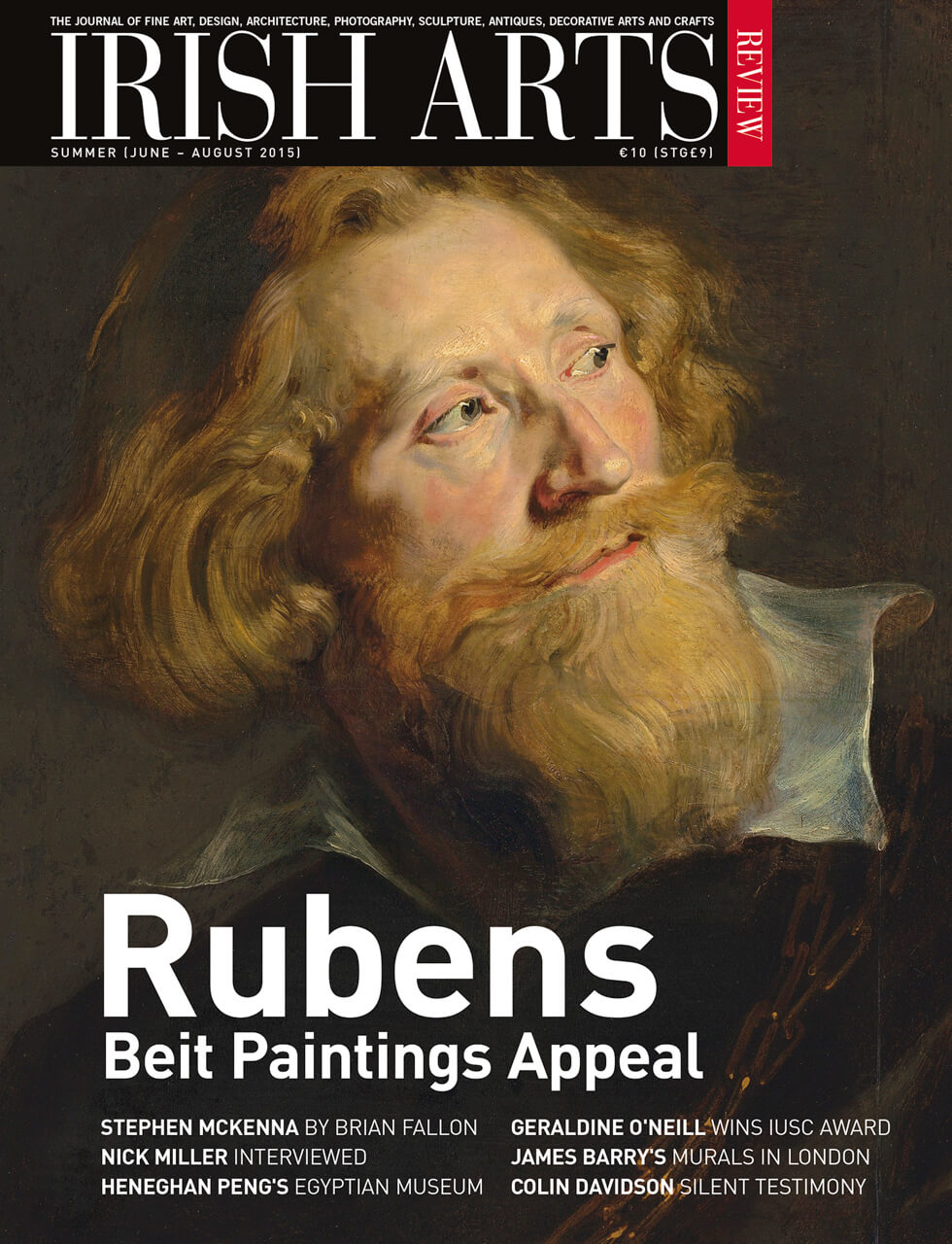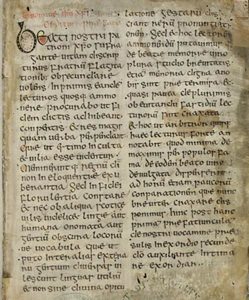

DAMIAN BRACKEN & ERIC GRAFF (EDS)
Cork University Press, 2015
pp 282 h/b
€95.00 ISBN: 978-1-782051-18-3
Brian Lacey
Columba (name in Latin) or Colmcille (name in Irish) was honoured during the Middle Ages, along with Patrick and Brigid, as one of the three patron saints of Ireland. Founder of the monastery of Iona – one of the greatest institutions of early medieval Christendom – the historical (as distinct from the legendary) Columba (c.520-593) was a highly influential and, almost certainly, a very holy man. But memory of him might have faded were it not for a book written in Latin a hundred years after his death – Adomnán’s Vita Columbae. More than anything else, it was the Vita that ‘made’ Columba into the saint that later generations would celebrate. The book is remarkable – unique in terms of contemporary Europe. Adomnán who composed it was a later relative of Columba. Himself ninth abbot of Iona, he was honoured as a saint also. Adomnán too had many achievements: for instance he left us the oldest description of the sacred places of the Holy Land in the years just after the Moslem conquest.
Very unusually for a medieval text a copy of the Vita Columbae made by the Iona scribe Dorbbéne, contemporary with its original time of composition, has survived. This copy, after a fascinating journey – which is marvellously outlined in this publication by Jean-Michel Picard, ended up in the town library of Schaffhausen in Switzerland. A number of editions and translations of the text have appeared since the mid 19th century but this beautiful facsimile (with expert commentary) provides the first opportunity to see the full manuscript itself in print. Cork University Press, the Armarium Codicum Hibernensium Project at UCC, and its Belfast printers are all to be congratulated on a, literally, monumental publication. As home to an array of related historical and archaeological projects, UCC is now arguably the leading institution for the study of early Irish society.
It is clearly a source for the study of Latin but also contains important evidence about the development of the Irish language.
This publication comprises two volumes: one shows the complete manuscript at a 1:1 scale; the second contains five analytical essays. The facsimile allows us to see how the book was made and decorated. Like an icon, it was deemed a sacred object and would have been treated as a relic. Close study of it obviously tells us about Columba and life on Iona, but also about the earliest medieval involvements with writing culture and the making of texts and manuscripts. It is clearly a source for the study of Latin but also contains important evidence about the development of the Irish language. We can see in the facsimile what Adomnán and Dorbbéne intended us to see, but the accompanying analyses allow us to discern some things that were not so intended. Anthony Harvey’s technical but fascinating chapter on the book’s orthographic features highlights several puzzles, for example why Adomnán (or Dorbbéne) left a gap in the middle of the name Fech reg. This is almost Name of the Rose territory.
The author of the latter work, Umberto Eco, has written about the Book of Kells – another Columba-related masterpiece, as is the Cathach, the Book of Durrow and the Lindisfarne Gospels. With 2020 – the 1,500th anniversary of the birth of Columba – only five year’s away, it would be great if some major public institution in Ireland or Scotland gathered these together with all the other treasures associated with the saint for a major commemorative exhibition. In the meantime this publication will delight those who study it. No doubt, it will also provoke further useful research on Columba, Adomnán and the pivotal heritage they left to us – a heritage which has been considerably added to by this publication.
Brian Lacey is an archaeologist and medieval historian. He is the author of several books about Donegal and St Colmcille.



